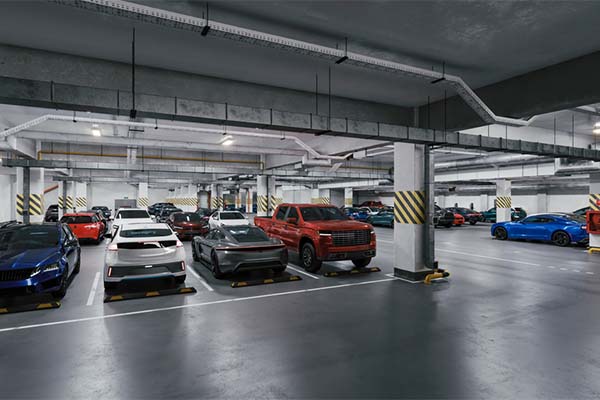
Parking is first come, First Served
How does that work? One concrete example is a company that has 100 employees and 50 parking spaces in its building. The first 50 employees to arrive at work will park in the parking lot and enter the building to find the best parking space. He drives into the parking lot and looks for a spot. Then, he must get out of the parking lot and park on the street or in a parking garage. He also has to pay for parking or change his blue disc every 2 hours.
As you can see, 30 people driving to work but not parking in the building complain daily to the facility manager. So how does the best car parking app?
They often rent additional parking spaces outside of the building.
Why should businesses opt for "first come, first served"?
It is crucial to understand why companies have adopted this parking policy. There are several reasons.
For companies that don't consider parking a priority, it is a popular principle to follow. It is a decision that comes about by itself, rather than being made conscious. Because it promotes equal access, it is the easiest parking policy that you can defend.
It comes down to business and legacy in other cases. Companies have ample space to accommodate all employees at the beginning of their journey. The space is used on a first-come, first-served basis. Parking pressures may change as the company expands or relocates.
Illustrative example
Let's assume that 80 people drive to work every day. Renting 30 additional parking spaces in a nearby parking garage would solve this problem. This is an option, but it is expensive, and most likely, the 80 spots won't be used 100% of the time.
What can a facility manager do? How can they find the optimal balance between parking spaces and usage? We recommend looking at the 80 people who drive to work. Are they unable to use other means of transport? Is it relevant? Are there other ways to commute? This is the idea. We can look at it and see if there are any ways to park fewer cars daily. That's one thing. The optimal parking spaces will be determined once we have a better idea of how many cars need to arrive at work each day. If it is 65, the facility manager will need to rent 15 additional parking spaces outside the building.
Parking management: This is the solution
The idea behind a digital parking app is to think in two ways. First, it combines mobility management to reduce the number of cars required to park and optimise existing parking spaces to avoid paying for unoccupied spots.